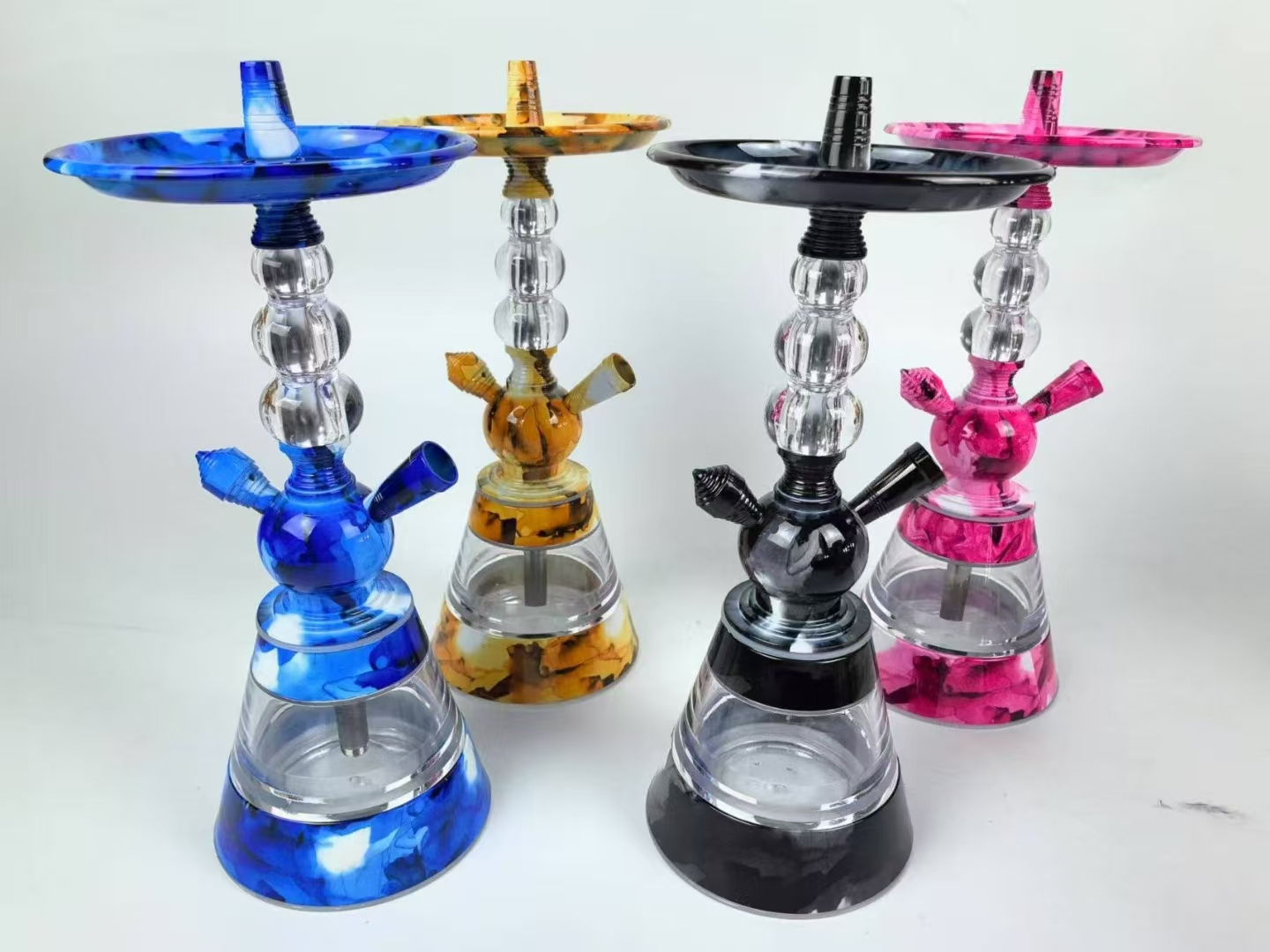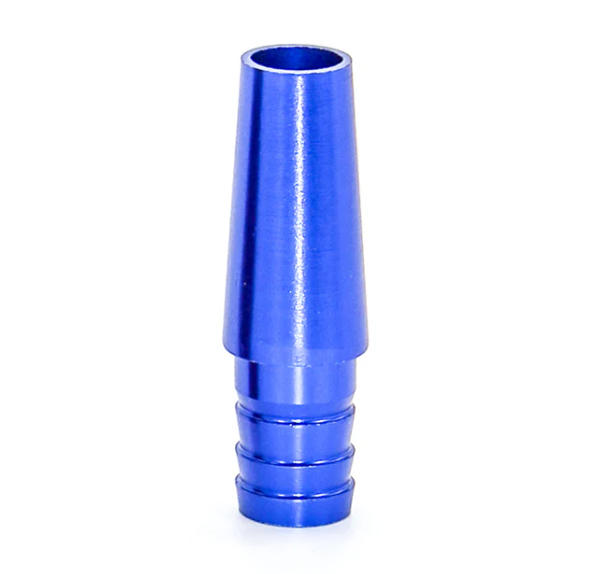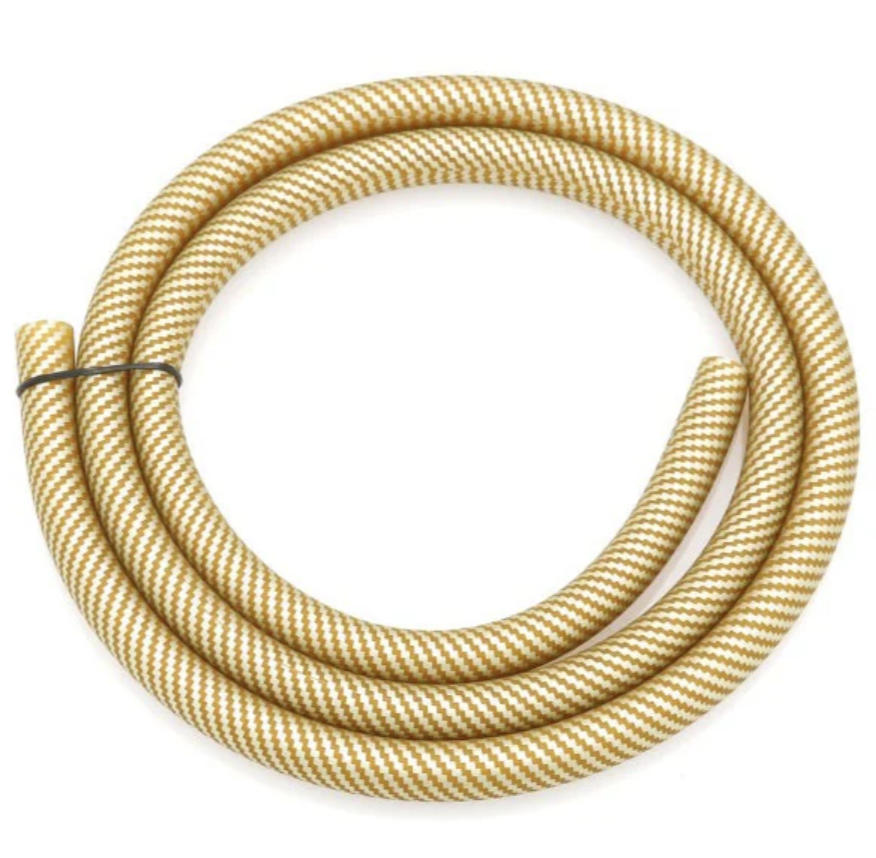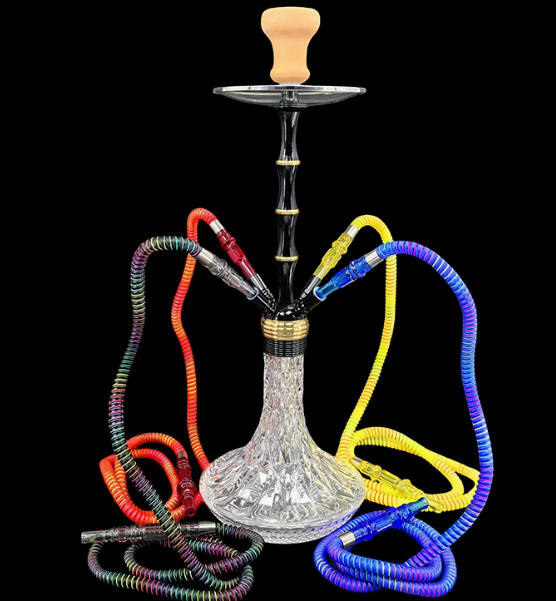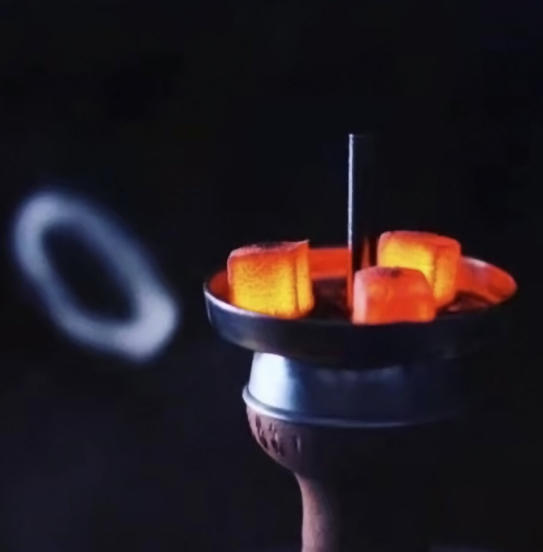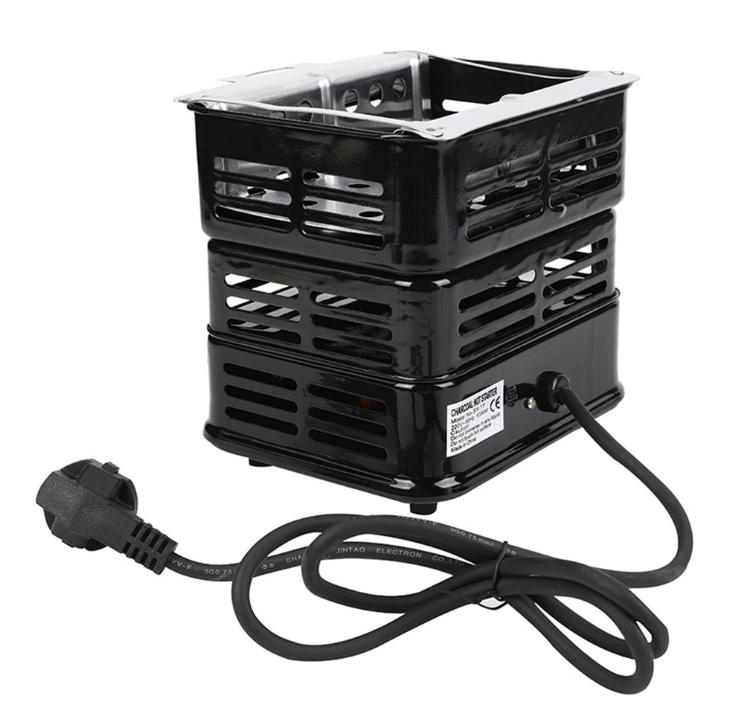Can You Use Grill Charcoal for Hookah?
Table of Contents
- Introduction
- Understanding Hookah Charcoal: What Makes It Special?
- Can You Use Grill Charcoal for Hookah? Exploring the Risks
- Why Hookah Charcoal Is the Safer Choice
- Practical Tips for Choosing and Using Hookah Charcoal
- Common Mistakes to Avoid When Using Hookah Charcoal
- Conclusion
Hookah smoking, a centuries-old tradition, has surged in popularity worldwide, with enthusiasts gathering at hookah lounges or enjoying sessions at home. A critical component of a great hookah experience is the charcoal used to heat the tobacco or shisha. However, a common question arises among beginners and cost-conscious users: Can you use grill charcoal for hookah? While it might seem like a convenient substitute, the answer isn’t straightforward. In this article, we’ll explore why using grill charcoal for hookah may not be the best idea, the risks involved, and how to choose the right charcoal for an optimal hookah session. With my experience running a hookah wholesale business, I’ll share practical insights to ensure your hookah sessions are safe, enjoyable, and flavorful.
Understanding Hookah Charcoal: What Makes It Special?
Hookah charcoal is specifically designed for use in hookah pipes, ensuring a clean, consistent burn that enhances the flavor of the shisha. Unlike grill charcoal, which is formulated for cooking, hookah charcoal is typically made from natural materials like coconut shells or bamboo, free from chemical additives that could alter the taste or produce harmful fumes.
Key Characteristics of Hookah Charcoal
-
Natural Composition: Most hookah coals, such as coconut hookah coals, are made from compressed coconut shells, offering a clean burn with minimal ash. According to a 2023 study by the Journal of Environmental Health, natural coconut charcoal produces 80% less volatile organic compounds (VOCs) compared to standard briquettes used for grilling.
-
Consistent Heat: Hookah coals are designed to maintain a steady temperature, typically between 400-600°F, ideal for heating shisha without burning it.
-
Low Odor and Taste: High-quality hookah charcoal, like Al Fakher or Coco Nara, is odorless and tasteless, ensuring it doesn’t interfere with the shisha flavor.
In my experience sourcing hookah supplies for wholesale, I’ve seen firsthand how premium brands prioritize purity. For instance, during a visit to a Coco Nara production facility, I learned that their coals undergo rigorous testing to ensure they meet safety standards for inhalation, a process grill charcoal manufacturers don’t follow.
Anchor Text: Can you use grill charcoal for hookah? – Let’s dive into why this substitution could be problematic.
Can You Use Grill Charcoal for Hookah? Exploring the Risks
The idea of using grill charcoal for hookah often stems from its accessibility and lower cost. However, this choice comes with significant risks that can affect both your health and the quality of your hookah session.
Why Grill Charcoal Is Unsuitable
-
Chemical Additives: Grill charcoal, such as Kingsford briquettes, often contains additives like sodium nitrate or lighter fluid residues to aid ignition. These chemicals can release toxic fumes when heated, which are unsafe to inhale. The American Lung Association warns that inhaling such fumes can cause respiratory irritation or worse.
-
Unpleasant Taste: Grill charcoal can impart a bitter, chemical taste to the shisha, ruining the flavor profile. For example, I once had a customer try using grill charcoal during a hookah setup, only to complain about an acrid aftertaste that overwhelmed their Al Fakher Double Apple shisha.
-
Inconsistent Burn: Grill charcoal burns at higher temperatures (often exceeding 800°F), which can scorch the shisha, leading to harsh smoke and a shorter session. Hookah tobacco requires a gentler, more controlled heat to release its flavors properly.
-
Health Hazards: The World Health Organization (WHO) notes that improper charcoal use in hookah smoking can increase exposure to carbon monoxide and other harmful compounds. Grill charcoal, not designed for inhalation, exacerbates this risk.
Anchor Text: Can you use grill charcoal for hookah? – Instead, opt for safer alternatives designed for hookah use.
Why Hookah Charcoal Is the Safer Choice
Using charcoal specifically designed for hookah ensures a safer, more enjoyable experience. Here’s why hookah charcoal is the better option and how it enhances your session.
Benefits of Hookah-Specific Charcoal
-
Cleaner Burn: Brands like Coco Nara and Titanium produce minimal ash and smoke, reducing the risk of inhaling harmful particles. In my wholesale business, I’ve noticed that customers consistently prefer coconut-based coals for their clean burn.
-
Flavor Preservation: Hookah charcoal doesn’t interfere with the shisha’s flavor, allowing you to enjoy profiles like Starbuzz Blue Mist or Adalya Lady Killer without distortion.
-
Controlled Heat: Hookah coals are engineered to provide steady heat, preventing the tobacco from burning too quickly. This results in thicker clouds and longer sessions, typically lasting 45-60 minutes per bowl.
Supporting Data
A 2022 study published in Tobacco Control found that natural coconut charcoal emits significantly lower levels of carbon monoxide (CO) compared to quick-light grill charcoal, reducing the risk of CO poisoning during prolonged hookah sessions. This is critical, as CO exposure can cause dizziness, headaches, and even more severe health issues.
External Link: For more on the health impacts of charcoal types, see the American Lung Association’s guide on tobacco smoke.
Anchor Text: Can you use grill charcoal for hookah? – Avoid common pitfalls by choosing the right charcoal.
Practical Tips for Choosing and Using Hookah Charcoal
To ensure a great hookah experience, follow these actionable tips for selecting and using hookah charcoal effectively. These are based on years of supplying hookah lounges and enthusiasts with quality products.
Step-by-Step Guide
-
Choose Natural Charcoal: Opt for coconut-based coals like Coco Nara, Titanium, or Al Fakher. These are widely available at hookah shops or online retailers like Hookah-Shisha.com.
-
Check for Additives: Always read the packaging to ensure the charcoal is free from chemicals. Look for labels like “100% natural” or “no additives.”
-
Proper Lighting: Use a coil burner or a dedicated hookah coal burner to light your coals. It takes about 5-7 minutes for natural coals to glow red-hot. Avoid using a gas stove, as it can impart unwanted flavors.
-
Use the Right Amount: For a standard hookah bowl, 2-3 cube coals (25mm) are sufficient. Overloading can burn the shisha, while too few coals may produce weak smoke.
-
Rotate Coals: Rotate the coals every 10-15 minutes to ensure even heating. This prevents hot spots and extends the life of your shisha.
-
Use a Heat Management Device (HMD): Devices like the Kaloud Lotus help regulate heat, reducing the risk of burning the shisha. I’ve seen HMDs improve session quality for many of my wholesale clients.
Pro Tip
Store your charcoal in a dry, airtight container to prevent moisture absorption, which can affect burn quality. In my experience, this simple step extends the shelf life of coals significantly.
External Link: Learn more about hookah setup best practices at SouthSmoke.com.
Anchor Text: Can you use grill charcoal for hookah? – Stick to hookah-specific charcoal for the best results.
Common Mistakes to Avoid When Using Hookah Charcoal
Even experienced hookah users can make mistakes that compromise their sessions. Here are common pitfalls and how to avoid them, based on my observations in the hookah wholesale industry.
Mistakes and Solutions
-
Using Grill Charcoal: As discussed, grill charcoal is unsafe and affects flavor. Always use natural hookah coals to avoid health risks and ensure a pleasant experience.
-
Overheating the Bowl: Placing too many coals or not using an HMD can burn the shisha. Start with 2 coals and adjust as needed.
-
Improper Lighting: Quick-light coals, while convenient, often contain chemicals that produce a foul taste. I once had a client switch from quick-light to natural coals and report a 50% improvement in flavor quality.
-
Neglecting Airflow: Poorly packed bowls or clogged hoses can reduce smoke output. Ensure your hookah is clean and the shisha is loosely packed for optimal airflow.
-
Ignoring Safety: Always use tongs to handle hot coals and place them on a heat-resistant surface to prevent accidents.
External Link: For more on hookah safety, check the CDC’s tobacco use resources.
Anchor Text: Can you use grill charcoal for hookah? – Follow these tips to elevate your hookah game.
Conclusion
While it might be tempting to use grill charcoal for hookah due to its availability, the risks far outweigh the benefits. Grill charcoal’s chemical additives, high burn temperature, and unpleasant taste make it unsuitable for hookah smoking, potentially compromising both your health and enjoyment. Instead, invest in high-quality hookah charcoal, like coconut-based options, to ensure a clean, flavorful, and safe experience. By following the tips outlined—choosing natural coals, using proper lighting techniques, and avoiding common mistakes—you can elevate your hookah sessions to the next level. Whether you’re relaxing at a hookah lounge near me or setting up a hookah at home, the right charcoal makes all the difference. So, next time you’re tempted to ask, Can you use grill charcoal for hookah?, remember: stick to hookah-specific coals for a session that’s both safe and satisfying.
Anchor Text: Can you use grill charcoal for hookah? – Revisit why hookah charcoal is designed for the job.
